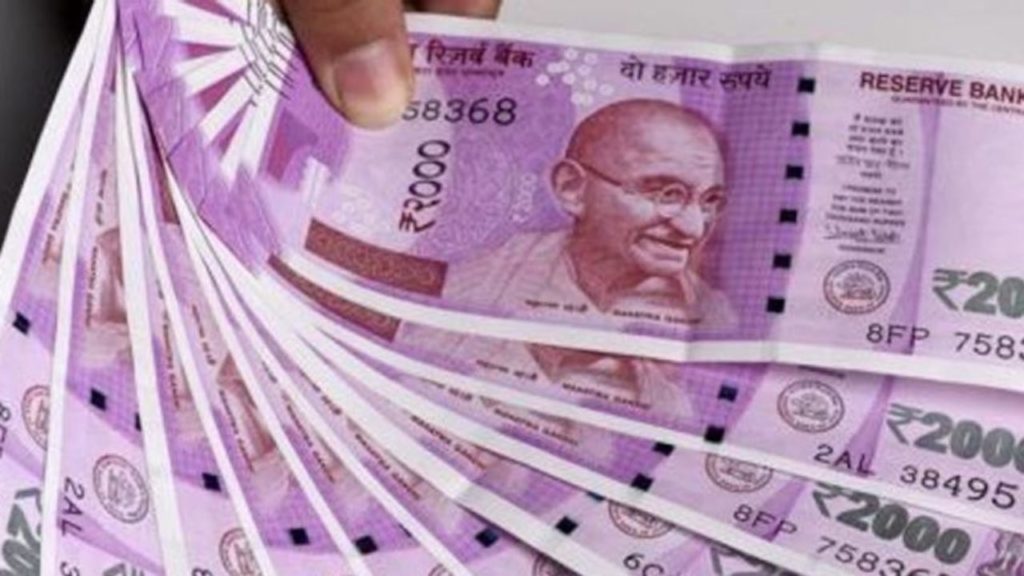A recent survey conducted by Perfios, a B2B SaaS Fintech company, and PwC India reveals that salaried individuals in India allocate more than 33% of their monthly income toward loan EMIs, highlighting the growing strain of credit-driven consumption. The report, “How India Spends: A Deep Dive into Consumer Spending Behaviour,” offers insights from a study involving over 30 lakh tech-savvy consumers across various demographics, from Tier 3 cities to metropolitan areas, with income groups ranging from Rs 20,000 to Rs 1,00,000 per month.
Spending Patterns in India: A Shift Toward Lifestyle Products and Food as Incomes Rise

The study finds that 39% of consumers’ total spending is directed toward obligatory expenditures, followed by 32% on necessities, and 29% on discretionary spending. When it comes to discretionary purchases, 62% is spent on lifestyle products like fashion and personal care. Interestingly, spending on lifestyle products is higher in metro cities, with people in these areas spending Rs 2,022 monthly, compared to Rs 1,882 in Tier-3 cities. Fashion accounts for 20% of discretionary spending, with individuals across income levels shopping for apparel and accessories at least twice a month. Higher-income earners spend three times more on fashion than entry-level earners.
The study also highlights that as incomes rise, so do food-related expenses, such as dining out and ordering food. In terms of online gaming, 22% of entry-level earners (< Rs 20k) engage in gaming transactions, but this number drops to 12% for those earning above Rs 75,000 per month.
Impact of Income and City Tier on Payment Preferences and Spending Habits in India
Payment preferences reveal that Electronic Clearing Service (ECS) is commonly used for obligatory expenses, while UPI dominates for discretionary and necessary spending. Rent and medical costs are higher in Tier-2 cities, where rent is 4.5% higher and medical expenses are 20% more than in Tier-1 cities.
Overall, the survey underscores the significant impact of income levels on spending habits and the growing financial burden from credit usage and obligations.












